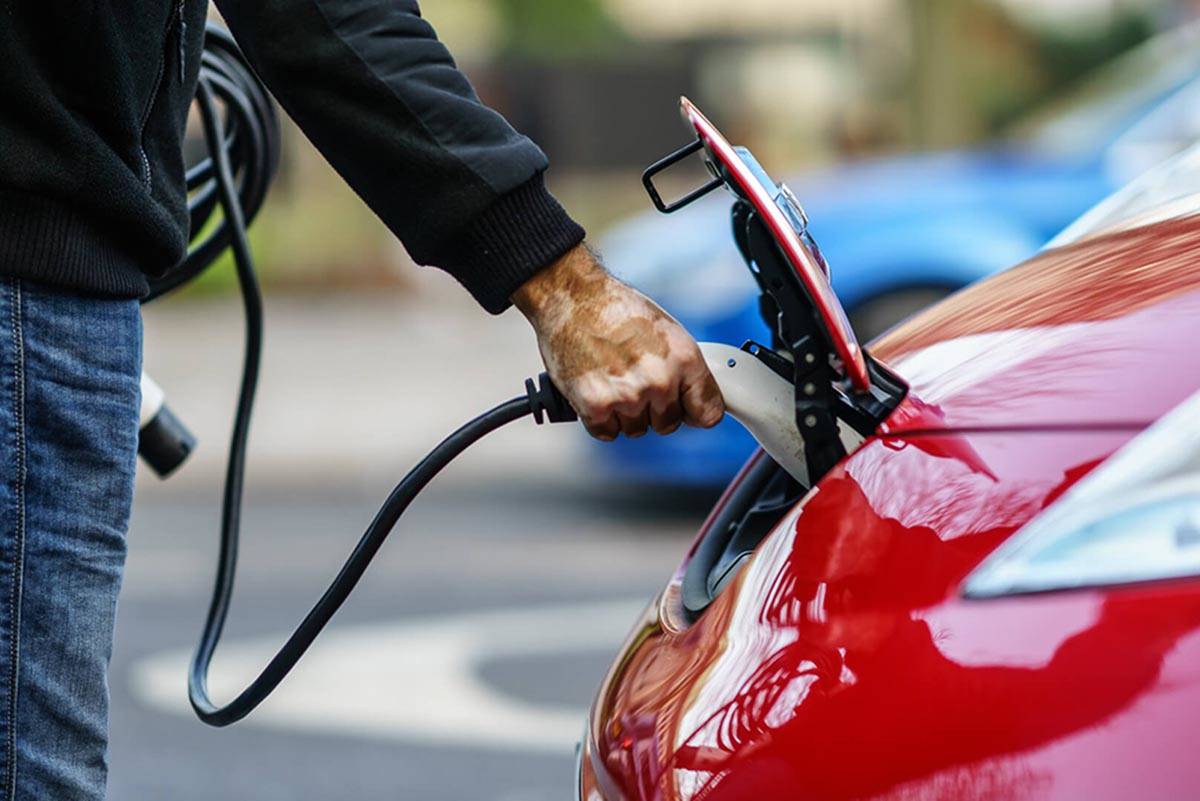Electric cars are better for the planet and your wallet
Earth Day is April 22, and if you’re trying to find a balance between a car that’s good for the planet and one that’s good for your wallet, good news — you don’t have to choose at all. There was a time when electric vehicles (EVs) were impractical novelties. Then, with the arrival of the Tesla Roadster, they became toys for people with cash to burn. Today, EVs are so mainstream and so universally accepted as the obvious trend of the future that they’re now available in Hummer and F-150. If you’re considering a new car, truck or SUV, consider an EV — here’s how they can pay back both you and Mother Earth with a single purchase.
Read: 5 questions to ask before buying an electric vehicle
EVs are better for the planet
According to the EPA, vehicle emissions account for 28% of the greenhouse gases produced in the United States. It’s the country’s single largest category of emissions that cause global warming.
EVs produce zero tailpipe emissions
The most obvious benefit of an EV is also the most important — a complete and total lack of tailpipe emissions. The average combustion vehicle emits 4.6 metric tons of the greenhouse gas carbon dioxide every year, and that’s not even counting the methane and nitrous oxide that dribble out with the CO2. EVs, on the other hand, emit none.
See: EV stocks could pop in 2021
And that includes the ‘long tailpipe’
There’s a longstanding theory among EV naysayers that says electric cars sometimes contribute as much or more to climate change than gas cars. The reason, they say, is that the power plants that generate the electricity that EVs use to charge their batteries emit at least as many toxic fumes as gas cars. It’s called the “long tailpipe” theory, and according to the Union of Concerned Scientists, it’s just not true. All across the country, it’s much cleaner to charge an EV than it is to burn gas, and that dynamic continues to improve as the national grid keeps getting greener. Gas, on the other hand, is still just gas.
EVs are more likely to be made with green materials
Many automakers use recycled or otherwise eco-friendly materials on some components, but usually only a small portion. Carmakers are much more likely to manufacture their EVs with green materials throughout. The Nissan Leaf, BMW i3 and Kia Soul EV are just a few examples of electric vehicles that are made with an impressive array of environmentally friendly materials.
Find out: The true cost of going electric
EVs are better for your wallet
There was a time when EVs required major compromises from people trying to balance their environmentalist leanings with the realities of their checking accounts. No more. EVs still cost more upfront to buy, but as you’ll see, they pay dividends in the long run.
You’ll save big money by avoiding the pump
Just as with the environmental benefits, the whole no-gas thing takes top billing on the money side of the equation, too. According to Consumer Reports, the average EV owner will save between $800 to $1,000 per year on gas costs alone. Those figures, however, are specific to drivers who do most of their charging at home. In the age of COVID-19, that’s a fair assumption to make, considering that driving has been cut roughly in half during the pandemic.
Find out: Tesla will soon accept Bitcoin as payment
You’ll also save on repairs never made
The two primary costs of vehicle ownership are fuel and repairs. EVs clean up in not just the first category but the latter, as well. EVs require far less maintenance — there are no tune-ups, no belts, no oil, no oil filters and no oil changes. EV motors have about 20 moving parts. Internal combustion engines have about 2,000. That’s 100 times as many things that can go wrong, wear out and break down. According to Consumer Reports, all those trips to the mechanic never taken add up to $4,600 in lifetime savings.
There are still big tax incentives but act fast
EVs made by Tesla and General Motors are no longer eligible for tax credits worth up to $7,500. That’s because once an automaker sells 200,000 of an EV, the federal incentives associated with that EV begin to phase out. That means some of the most popular models are going to be the first to go — but the vast majority of EVs are still eligible for their full credit. Keep in mind, unlike deductions, which only lower your taxable income, tax credits lower your tax bill on a dollar-for-dollar basis.
More From GOBankingRates
Should the COVID-19 vaccine be required? Take our poll
What income level is considered middle class in your state?
This article originally appeared on GOBankingRates.com: Why electric cars are better for your wallet and the planet

















